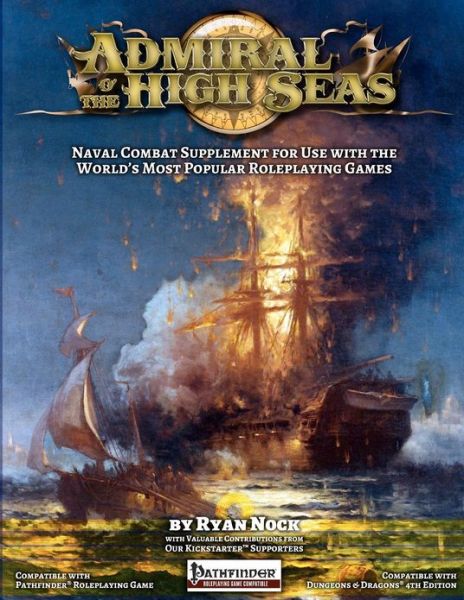(Psi)SeveredHead
Adventurer
Surely the problem with that is that a knight on a warhorse is a vastly more effective combatant than the same knight without the horse?
In 3rd, yes (Spirited Charge!), but not in 4th. In 4th you get a minor boost to damage when charging on horseback (when you can't use anything but a melee basic attack, generally*) and a massive boost in speed. Toss in a corner case about sort of but not really occupying a larger space, which is just as likely to help as hurt you. That's about it. If there was a 4e-based "cavalier" class (not talking the paladin here) you probably wouldn't be more powerful. You'd give up some other class options in return for hitting hard with charge and trample attacks.
The action sharing means that if someone runs by you you don't get two opportunity attacks and other weird issues. It does mean you can have the horse trample someone (by giving up your own attack), which is still kind of nice.
Making the horse into a scaling companion (so, gaining levels - hit points and defenses - along with the rider, and also healing surges) would help mitigate the fragile mount problem, while the action sharing fixes the action economy problem.
*I'm sure there's some feat or power that makes this a far better option than I'm picturing, though, just not likely in the core rules.
In 3rd the Wild Cohort feat almost fits the bill. It gives your horse more AC, hit points, and better saves... but it's actually meant to be an animal companion, and not a "buff item" that you ride. (So it can flank, make extra attacks that are constantly increasing in power, and what have you.)
I ran into an issue like that in Warhammer RPG once. The only times I played WHRPG 2e, I rolled up a character with a horse. The first lost his horse so fast... the second made the mistake of going shopping by himself (with his horse, and this was Venice-equivalent, so no horseback charging) and got attacked by three guys. I really didn't want to use the horse as an extra combatant, but it was either that or be killed... the other players were "thrilled" to watch a fight involving only one PC. I know you're not supposed to split the party, but why would a trio of thugs attack an armed nobleman who is simply going shopping in a nice area of town is beyond me.
The DM was reluctant to give me a horse due to the perceived power increase (having effectively two PCs) and I told him I only wanted the movement boost, and in the first session ending up having to go back on that. :/
Last edited:

